Our favourite places to stay on this sleepy Cebu island.
First Time Flying Abroad: Essential Travel Guide for Filipinos
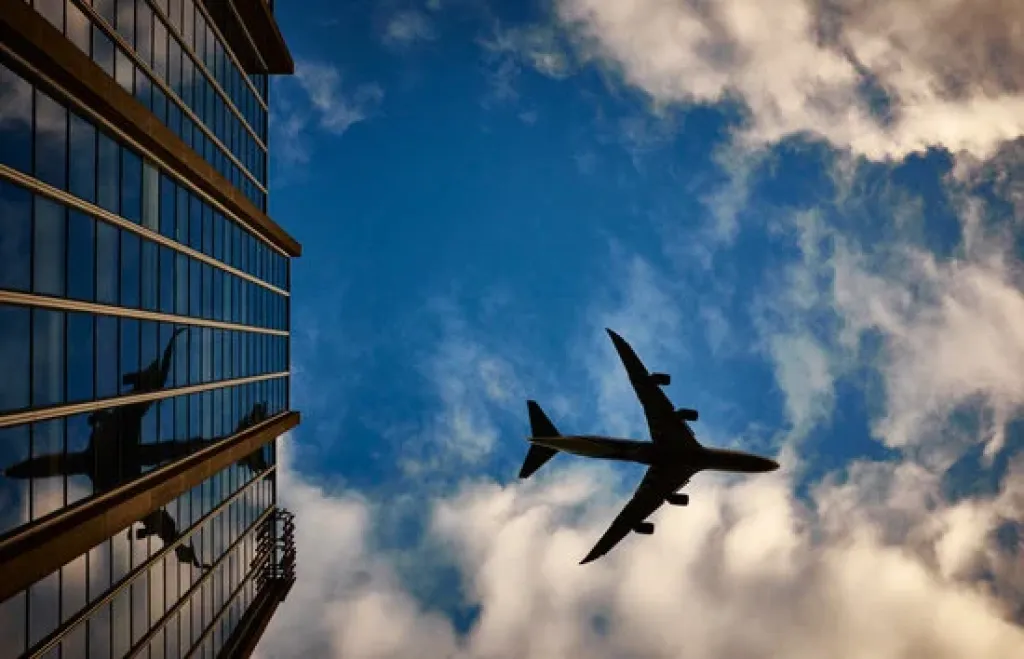
Booking your first international trip is always exciting. Whether you are travelling for leisure, visiting family, or planning a quick city break, your first flight out of the Philippines will feel like a big step. Airports can be confusing and Immigration officers can be intimidating, but with the right preparation, your journey will be smooth and stress free.
This guide covers everything you need to know before your first international flight, including documents to prepare, what offloading means, and how to navigate Immigration without worries.
Also read: Must-Have Travel Apps for Every Filipino Traveller in 2025
Essential Travel Documents for First Time Flyers
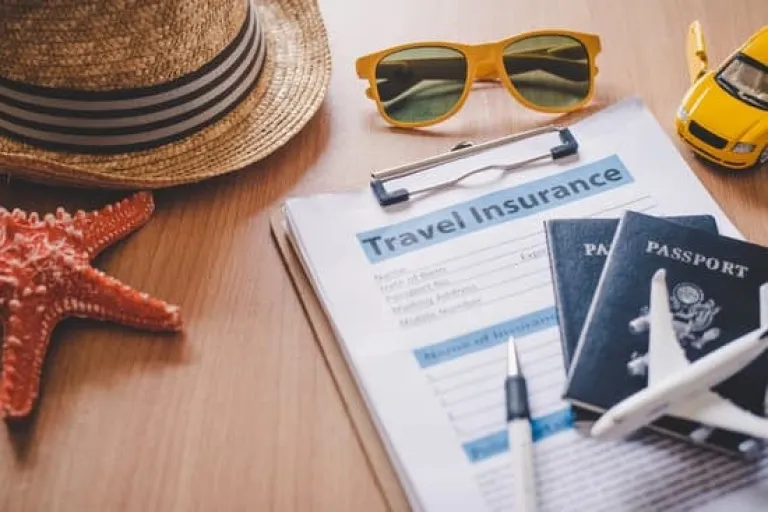
Image credit: Photobyphotoboy | Canva Pro
The very first thing to check is your passport and visa requirements. Many countries in Southeast Asia are visa free for Filipinos, but destinations like Japan, South Korea, or the United States will require you to apply in advance.
Here is a checklist of documents you should always prepare:
A valid passport with at least six months left before expiry
A round trip airline ticket, as many destinations require proof that you will leave
Hotel bookings or accommodation details, or an invitation letter from a host
Proof of funds such as a bank statement, certificate of employment, or payslips
Think of these as your travel essentials. They prove that you are a legitimate traveller and that you can support yourself abroad.
Understanding Offloading and How to Avoid It
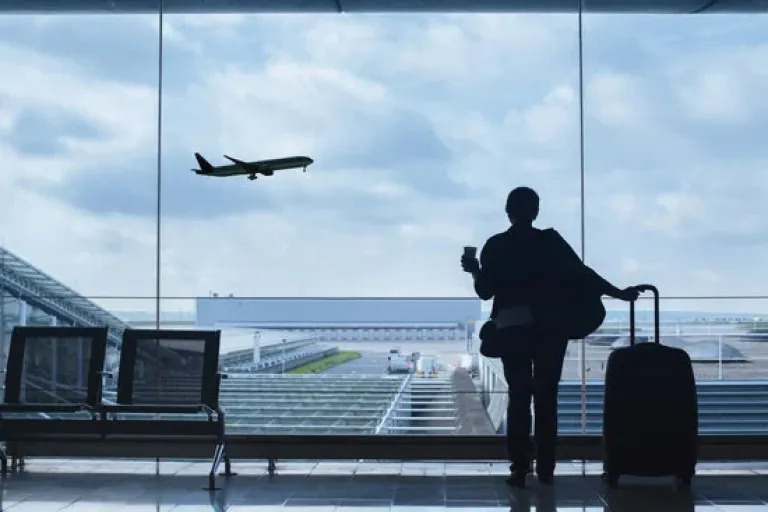
Image credit: Anyaberkut | Canva Pro
One of the biggest concerns for first time travellers is the possibility of offloading. This means you can be denied boarding by Immigration even if you already have a ticket. It usually happens when documents are incomplete or your purpose for travelling is unclear.
To avoid being offloaded:
Answer Immigration questions honestly and confidently
Have a clear travel plan with proof of hotel bookings or an itinerary
Prepare additional documents if you are visiting someone abroad, such as invitation letters or photos together
Carry proof that you can finance your trip, often called show money
Immigration officers are there to ensure travellers are safe and that trips are legitimate. As long as your story and documents match, you should have no problem.
When to Arrive at the Airport
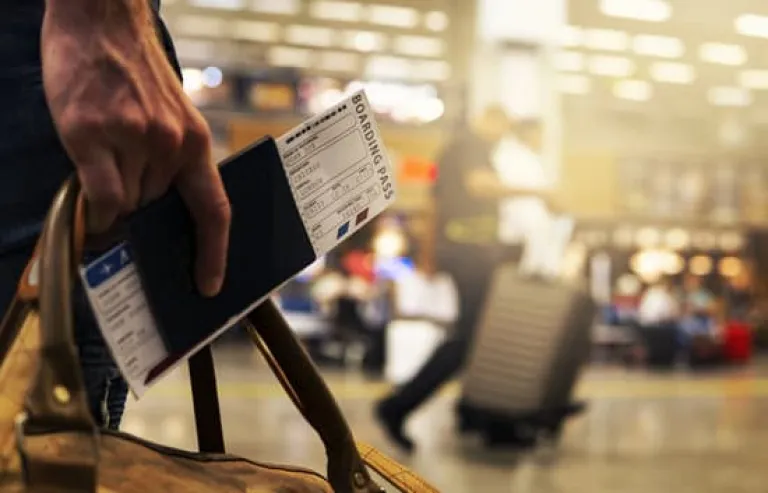
Image credit: JoshuaWoroniecki | Pixabay
Arriving early at the airport makes the process easier. For international flights, the general rule is to arrive at least three hours before departure. This gives you enough time for:
Checking in your baggage and securing your boarding pass
Paying travel tax if it is not already included in your ticket
Going through Immigration and security checks
Finding your departure gate, which can take longer in busy terminals
Arriving early allows you to deal calmly with long queues or sudden changes.
Packing Rules and Airport Baggage Tips
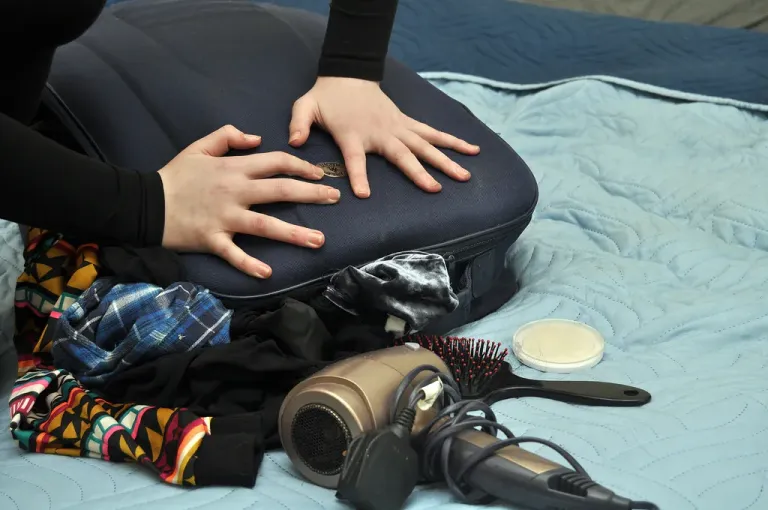
Image credit: Canva Pro
Each airline has its own baggage allowance, but here are the common rules:
Carry on baggage is usually around seven kilograms and is for essentials such as documents, gadgets, and clothes
Checked baggage often starts at twenty kilograms depending on your ticket
Power banks must always be hand carried and never placed in checked baggage
Liquids carried on board must be in containers of one hundred millilitres or less
Always keep your passport and boarding pass within easy reach to avoid delays at security and boarding gates.
What Immigration Officers May Ask
Many first time travellers feel nervous about facing Immigration, but the questions are usually straightforward. You might be asked:
What country are you visiting
What is the purpose of your trip
Where will you be staying
How long is your visit
Do you have proof of funds or employment
Answer clearly and truthfully. Immigration officers simply want to confirm that you are a genuine traveller who will return home.
For Students, Fresh Graduates, and Freelancers
Not everyone has a company ID or regular payslips. If you are a student, fresh graduate, freelancer, or currently unemployed, prepare alternative documents such as:
A recent bank statement if you are funding yourself
An invitation letter if someone abroad is hosting you
A school ID or diploma if you are a fresh graduate
Business permits, contracts, or a portfolio if you are freelancing
The key is to prove that you have the means to travel and that you have strong reasons to return to the Philippines after your trip.
Exchanging Money Before Your Flight
Carrying some foreign currency before leaving the Philippines makes your arrival abroad easier. The best exchange rates are often found at trusted money changers in the city, not at the airport.
If you wait until you are inside the terminal and past Immigration, options are limited and rates are usually higher. Exchange at least a portion of your budget in advance so you can pay for transport and meals upon arrival.
Final Travel Tips for First Time Flyers

Image credit: pixelshots | Canva Pro
Save digital copies of your passport, visa, and tickets on your phone or email
Dress neatly and comfortably, first impressions can make Immigration smoother
Double check your gate number and boarding time as these can change quickly
Stay calm, especially at security and Immigration checks
Also read: How Gen Z Is Redefining Travel in the Social Media Era
Ready for Your First International Trip
Flying abroad for the first time is both exciting and nerve wracking. With the right documents, enough preparation, and a positive mindset, you will find that the airport process is not as intimidating as it looks. Once you have gone through it, every future trip will feel easier.
Your adventure abroad is waiting, so pack your bags and step confidently into your first international journey.
Published at
About Author
Jeliefer Sumaya
Subscribe our Newsletter
Get our weekly tips and travel news!
Recommended Articles
10 Bantayan Island Resorts, Hotels, and Rentals for Your Tropical Escape 14 Best Credit Cards for Travel in the Philippines The only plastic we need for travel.
10 Best Mountain Cafes in the Philippines for Your Peak Coffee Experience Coffee date on the mountains, anyone?
10 Best Things to Do in Los Angeles Los Angeles is more than Hollywood stars. From hikes with killer views to beaches straight out of a rom-com, here are 10 must-do LA experiences for Filipino travellers or any wanderers in general!
10 Commandments for Responsible Travel Flexing Spread the good word!
Latest Articles
Benguet Tourist Spot Sparks Debate over Vietnam Golden Bridge Lookalike Filipinos clash online over Benguet’s tourist spot resembling Vietnam’s Golden Bridge.
Philippines Now on the List for Canada Visa-Free Entry Filipinos can now enter Canada with a $7 eTA instead of a standard visa. Check if you qualify for visa-free travel today!
Sunlight Air Plane Incident in Siquijor Explained for Travellers What happened in Siquijor
How Filipino Travellers Are Travelling Smarter, Not Harder in 2026 Smarter travel tips 2026
LTO Plans Nationwide E-Bike and E-Trike Ban, Impounding of Motorcyles with Loud Mufflers Land Transportation Office (LTO) is planning a nationwide ban on e-bikes and e-trikes while seizing motorcycles with loud mufflers on major roads like Commonwealth Avenue.

